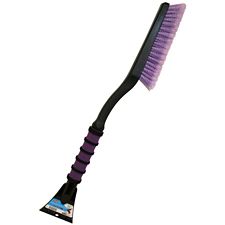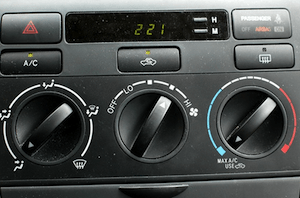How a UBI Works
A universal basic income is a simple concept. Every citizen gets paid a base salary from the government. In Australia this would be somewhere around $1500 a month. This would be deposited to your nominated bank account in installments every week, fortnight or month. No strings attached. If you work, you keep receiving this UBI and pay income tax on your salary. You do not pay tax on the UBI, even if you earn $1m a year. (Though people could opt to waive or suspend their UBI entitlement.)
The UBI replaces all forms of social assistance including Newstart/Welfare, pensions, disability pensions, etc. The UBI also replaces the tax free threshold, the $18,200 or so from your income that isn't taxed while you are working.
Replacing Newstart / Welfare
A big problem with welfare systems is trying to ween people off social assistance. Welfare payments are often means tested so that once you are earning income, your payments are reduced, and eventually suspended all together. The issue with these models is that they provide a disincentive to finding work. Many entry level jobs offer only meager pay, and people on welfare will weight the inconvenience and cost of working against losing their payments. Why bother working 8+ hours a day plus travel time to earn maybe a few dollars more than you'd make sitting at home? It's a selfish question, but a fair one. The work is often not guaranteed, being casual or part-time, and getting back onto welfare payments is an extra hassle with possible wait times before payments resume.
With a UBI, this disincentive is removed. Every after-tax dollar you earn from work, whatever work, is yours. You don't lose your UBI, so there is no disincentive to go out and find extra work. People can decide to sit at home on a free $1500/mo. for whatever lifestyle that affords them, but going out and working a few extra hours or building up a career to improve that lifestyle does not cost them anything, or risk losing anything by doing it.
Taxation Changes
A UBI replaces the tax-free threshold that people claim when doing their taxes. This means that you will be paying tax on every dollar you earn. The net result for tax payers is nil because the UBI serves as their tax free threshold paid forward by the government through the year. Bracketed tax systems remain largely unaffected, just the tax free threshold is reduced to $0.
Tiered UBI
To handle special cases such as pensions, and disability payments, the UBI can be tiered to accommodate different levels of payments to handle different scenarios. Short term emergency situations can also be managed this way such as assisting people with pandemics or localized disasters. Rather than having to set up entirely new systems to help compensate people affected by disasters or loss of work, the UBI is a network that can already facilitate this immediately.
Funding a UBI
One question about adopting a UBI is how will it be funded? Well, the lion's share of the UBI for most people will be covered by the removal of the tax free threshold. For the normal working population the UBI effectively costs nothing because it's merely paying forward their tax free threshold. For the social benefit and pension cases, the government reallocates these tax funds into the UBI program. A significant boost can be gained by streamlining the administration of these services as for instance all of the various categories of social assistance, the administration and enforcement of their means tests, everything, simply goes away.
In 2019 we spent nearly $200 billion on social welfare. Of the 25 million population, approximately 5 million are under the age of 18. A UBI of $1,500 a month would cost $360 billion across the adult population. If we assume that only 1/2 of the 20 million adults in Australia are earning at least $18,200, that is ~$38.6 billion in tax free thresholds. By those very basic numbers there is a shortfall, but that is a really rough look at the population to see how many Australian residents would qualify and the tax revenue from the tax free threshold.
If anything, it's worth a closer look.

